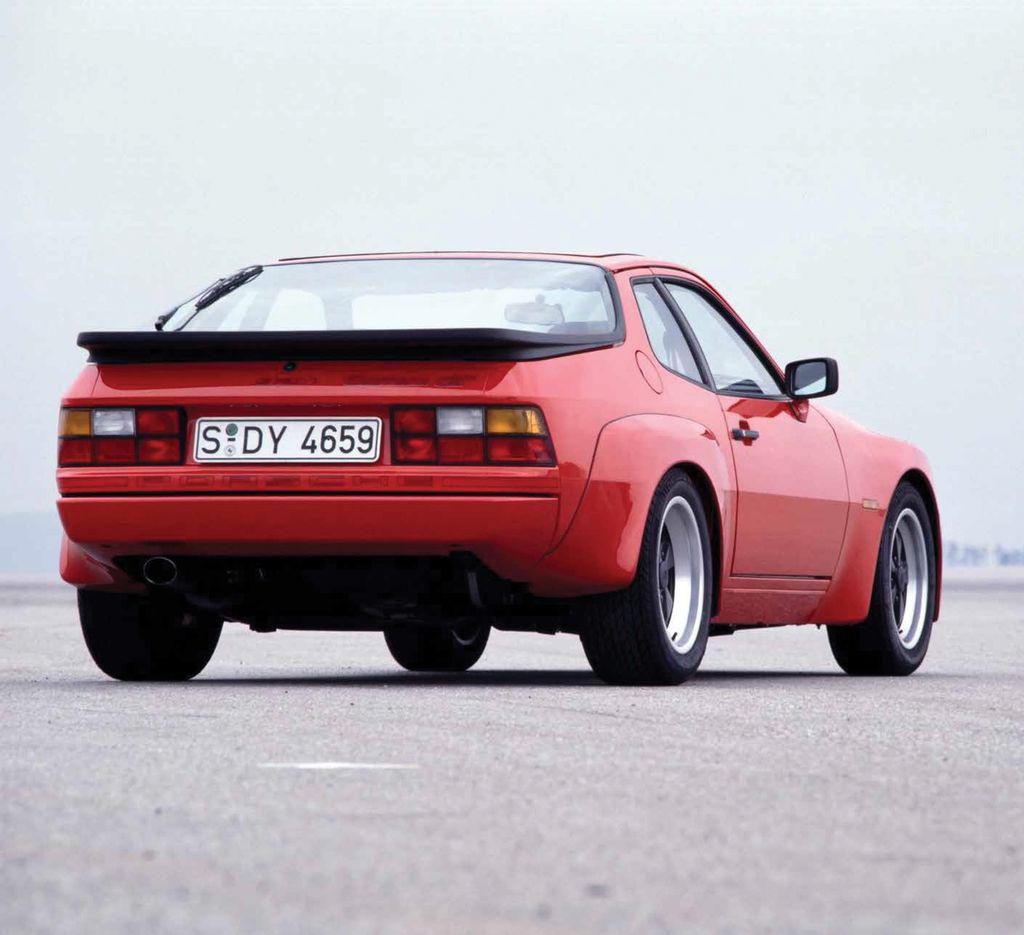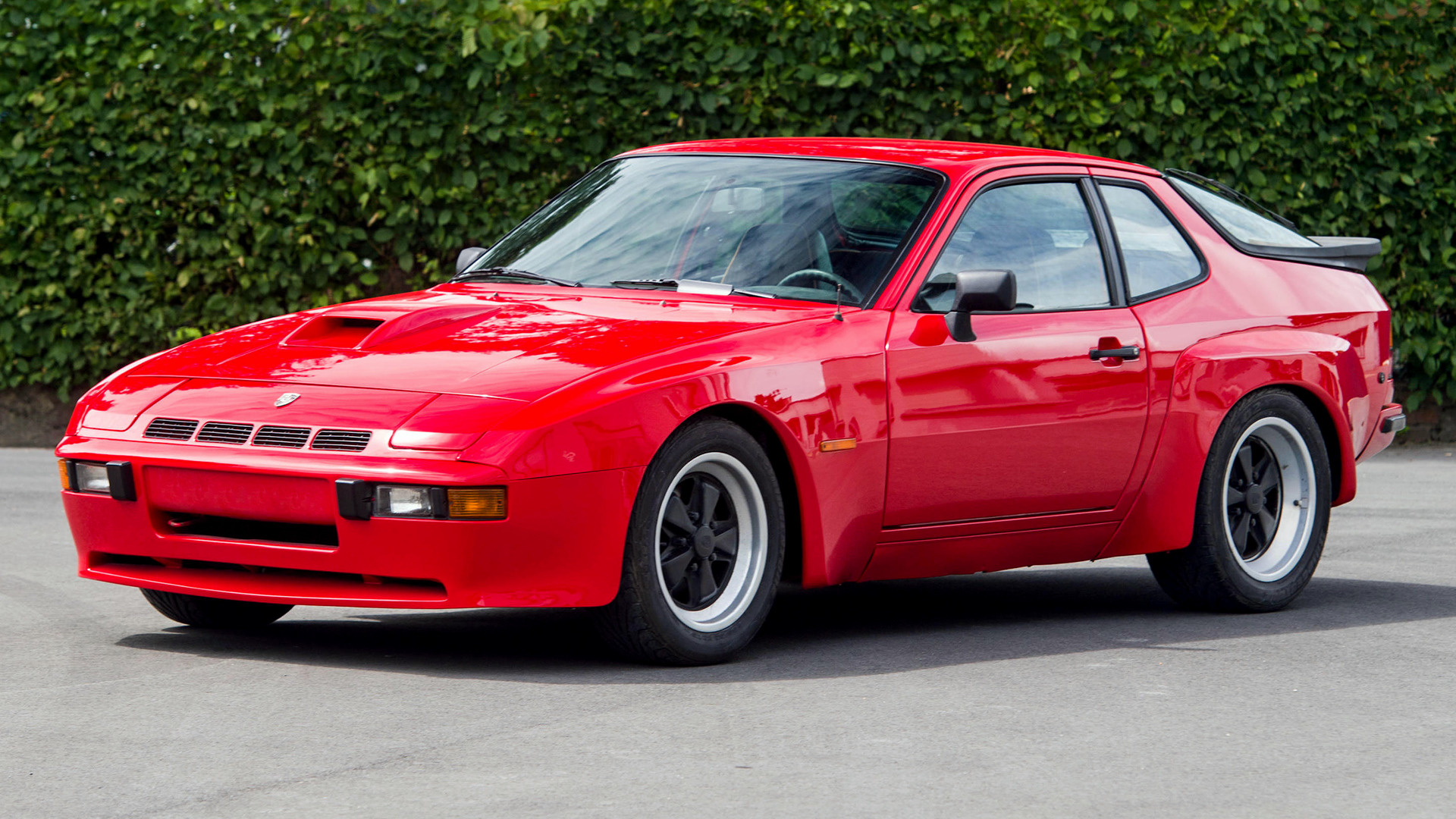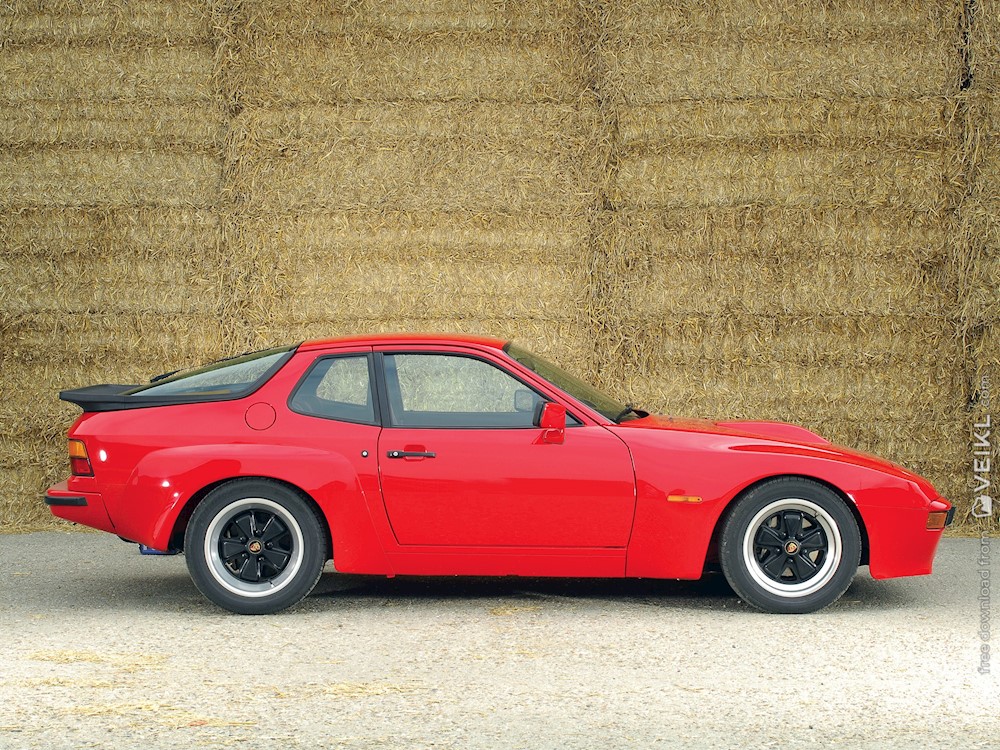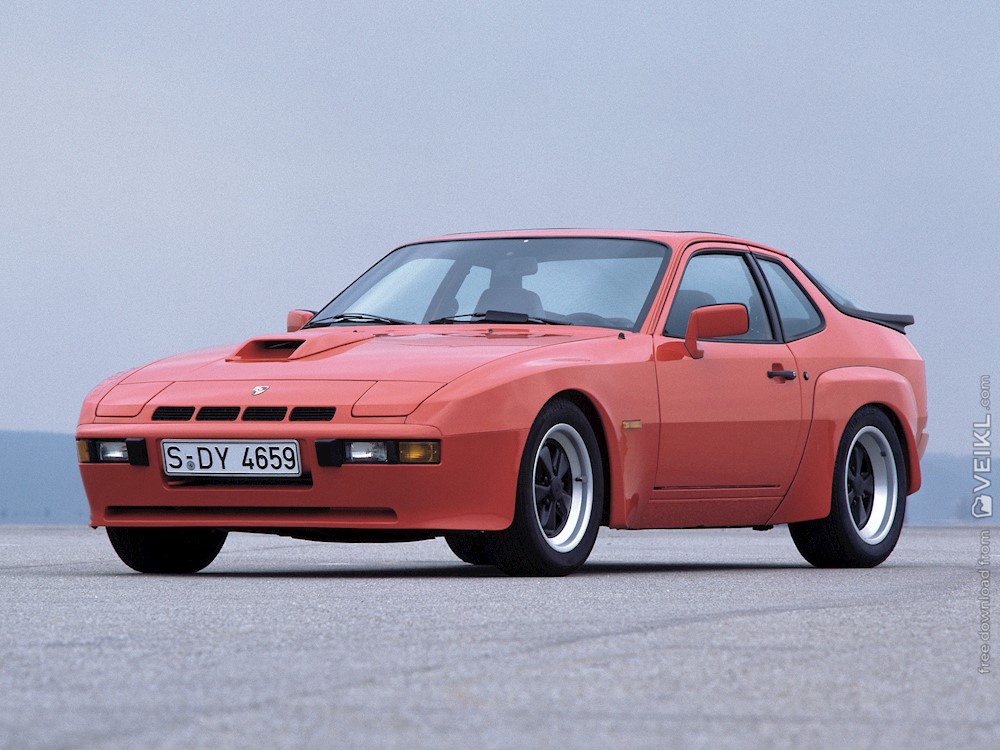Porsche 924 Carrera GT (1980) – Ultimate Guide
In 1979, Porsche unveiled a concept version of the 924 at the Frankfurt Auto show wearing Carrera badges. One year later, in 1980, Porsche released the 924 Carrera GT, making clear their intention to enter the 924 in competition. By adding an intercooler and increasing compression to 8.5:1, as well as various other little changes, Porsche was able to develop the 924 Turbo into the race car they had wanted, dubbing it the “924 Carrera GT”. 406 examples (including prototypes) of the Carrera GT were built to qualify it for Group 4 racing requirements.[11] Of the 400 roadgoing examples, 75 were made in right hand drive for the UK market. In 1981 Porsche released the limited production 924 Carrera GTS. 59 GTS models were built, all in left hand drive, with 15 of the 59 being raced prepped Clubsport versions.
The Story
The Porsche 924 was a design commission undertaken by Porsche for VW/Audi that was abandoned by the client and sold back to Porsche late in development, with Audi agreeing to build the car at its Neckarsulm plant. The 924 was a success and brought in much needed cash after the company hit trouble following the 1970s oil crisis. About 125,000 924s and 14,000 924 Turbos (officially designated Porsche 931) were sold between 1976 and 1985.
In 1979 Porsche submitted a styling exercise to the Frankfurt Motor Show to introduce ideas that shaped the look of the forthcoming 944. The following year, the company entered the 924 at Le Mans, and needed to homologate a race car to meet Group 4 racing regulations (although the racers were eventually entered in the GTP class). The homologation version was called the 924 Carrera GT and was a developed 924 Turbo incorporating wider front and rear wings similar to those seen on the well-received styling exercise.
Porsche made 406 924 Carrera GTs in 1981, including six prototypes. LHD cars are designated type 937, RHD are 938 (75 made). The 924 GT makes 210bhp from a developed 924 Turbo engine, weighs 1,180 kilos, has 49/51 weight distribution, handles well, is reliable, has racing pedigree, and is one of the cheapest Porsches to maintain.
A step up from the GT is the GTS, of which 59 were made in the Stuttgart factory. These are more powerful than the 924 Carrera GT thanks largely to running increased boost and are easily distinguished by the perspex headlamp covers replacing the pop-up headlights on the GT, and an intercooler in front of the engine rather than on top of it. 15 of the 59 were Club Sport cars, which had a roll cage and were even more powerful and lighter than the GTS.
19 full race 924 Carrera GTRs were produced, of which nine either raced or qualified at Le Mans.
Specs
The 924 Carrera GT uses a turbocharged version of the 924’s 1984cc engine with an intercooler. A normally aspirated 924 makes 125bhp, the type 931 turbo 175bhp, and the addition of an intercooler brings the 924 Carrera GT up to 210bhp. Apart from lighter pistons, most of the engine internals are common to the Porsche 924 Turbo, which itself shares the majority of its parts with the 924.
911 parts were also used on the 937 that were not used on the 924 or 931: The 924 Carrera GT’s 210 BHP goes through a 911 clutch plate, the transaxle is strengthened using 911 syncromesh rings, and the Fuchs wheels are lifted from the 911 SC (front) /930 (rear). The brakes and the Koni front dampers are shared with the later 944.
Externally the 924 Carrera GT is similar to a 931, but with wider polyurethane wings at the front and rear, and a polyurethane hood scoop. These, slightly lowered suspension, and the Fuchs alloys give the 924 Carrera GT a much more purposeful stance than a standard 924 or a 931. Inside the cabin the 924 Carrera GT is surprisingly comfortable, with electric mirrors and windows as standard, and A/C and a large lift out sunroof (UK models only) as options.
Only red, black, and silver 924 Carrera GTs were made, the 924 Carrera GTS was only available in red. The styling exercise and full race cars were white.
Engine
The 924 Carrera GT’s engine is designated M31.50 with engine numbers beginning 3150. It generates 210 bhp at 6,000 rpm, or 105.8 bhp per litre, at a low 8.0:1 compression and was apparently the most fuel efficient engine in the 924 range.
The M31.50 uses the standard 1984cc cast-iron Porsche 924 block and uprated parts as used on the M31.30 Series II 931, such as the aluminium head, camshaft, and cooling system. There are few parts unique to the 924 Carrera GT, namely the lighter forged pistons made by Kolbenschmidt, a slightly larger version of the 931 KKK turbocharger running at 0.75 bar, and a unique – although still similar to the European Series II 924 Turbo unit – Digital Ignition Timing Computer (DITC). Total dry engine weight is 175kg including the turbo and intercooler.
Transmission
Getrag produced the G31 gearbox for the 924 Turbo, and it is perhaps the strongest in the Porsche 924-944 range, much of which used an Audi-derived 016 transaxle. The G31 uses a number of parts from the 915 and 930 transmissions such as the baulk ring synchromesh and bearings.
The 924 Carrera GT gearbox is designated G31.03, serial numbers start 3103. It is similar to the 931 unit, with the same ratios, but has strengthened gear sets to handle the increased horsepower. A limited slip differential was an option on all G31 equipped cars. Like many racing gearboxes the G31 has a “dogleg” first gear; down and to the left, to reduce the risk of accidentally engaging first at speed. Second is where first would be on a normal H pattern box, third is where second is, etc, etc. Reverse is above first. The ratios for the G31.03 are incorrect in the Technical Specifications book that is circulating on the internet.
Suspension
All Porsche 924s have MacPherson struts and coil springs at the front, trailing arms with torsion bars at the rear. The 924 Carrera GT has a lightly uprated version of the Series II Turbo suspension with strengthened rear trailing arms. Springs are from the pre-1980 924, which have a lowering effect on the 937. Porsche, Koni, and Bilstein dampers were specified as original equipment and are interchangeable with the 944. Koni and Bilstein dampers are widely available and are highly recommended as replacements. Double-check compatibility with front struts before buying. Either 21mm or 23mm front anti-roll bars could be specified, a 16mm anti-roll bar is fitted at the rear.
Wheels, Brakes, Tires
The 924 Carrera GT wore Fuchs alloys from the 911 Carrera.
Both types of front wheel have ET23.3mm offsets, the rears have ET10.6mm (note the PDF incorrectly gives the offset as 23.3mm on the rear). All have five nuts with 130 PC diameter, the same specifications can be found on certain 911, 930, and 944 wheels. Spacers on the rear wheels further widen the track.
The 924 and 931 had 6×14-16 inch wide wheels with ET20 offsets, giving them a narrower track and therefore incompatible as a direct swap onto a 924 Carrera GT. Conversely, the 911 wheels used on the GT are unlikely to fit on an unmodified 924 or 924 Turbo; the wider front and rear wings are required to accomodate them. When buying wheels, note that offset can be increased by using spacers, but cannot be decreased withou modifying the wheel.
The 924 Carrera GT uses the same floating calipers as the 924 Turbo and were carried forward to the 1982-5 944. Discs and pads are as per the 924 Turbo and 1982-5 944. The GT also has plastic vents that duct cool air from the front bumper to the discs.













I am wondering if Porsche made a turbo 924/931 with race roll bar, front 944 fender flares and riveted rear fender flares for early 1980.
Any information would be much appreciated.
Thank you
0